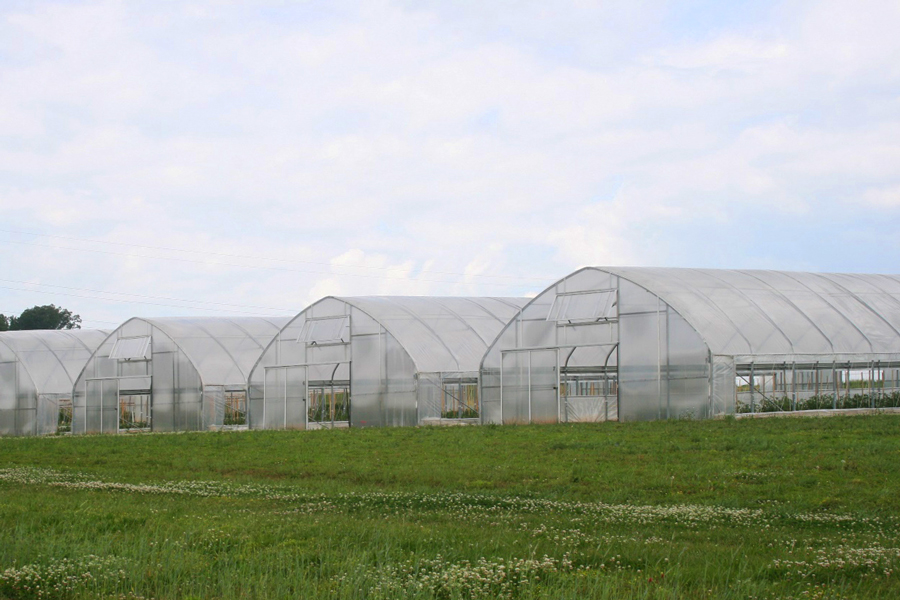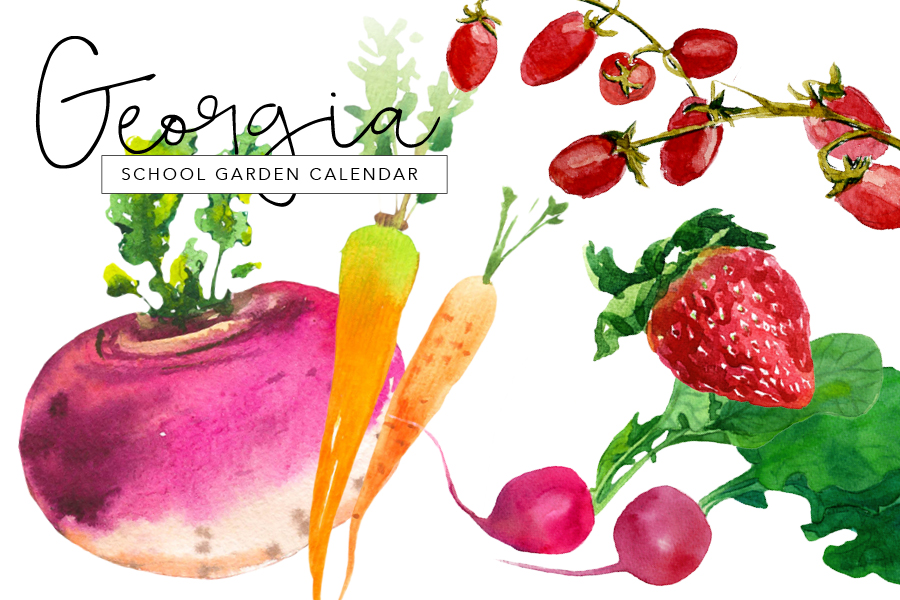Horticulture
-

C 1300-02
Cross-Contamination
Cross-contamination, resulting in foodborne pathogen contamination of small fruits, can occur at any point throughout production and post-harvest handling. This video discusses techniques and best practices for growers and packers to ensure the production of safe, high-quality small fruits. This video was produced in collaboration with the Auburn Department of Horticulture.
Laurel Dunn and Angelos Deltsidis
|
-

This publication is an introduction to high tunnel production that focuses on horticulture aspects of organic tomato production. Diseases and insect pests are not covered, but high tunnel construction, siting, shading, fertility, and irrigation of organic tomatoes are addressed.
Juan Carlos Diaz-Perez, Timothy Coolong, and Kate Cassity-Duffey
|
-

Beginning in the 1970s, container nursery production acreage rapidly increased such that container nursery production is now the dominant
method of nursery production. As a standard in the industry, plastic
nursery containers are lightweight, durable, familiar to growers, work well with automation, and can be reused or recycled. However, they are limited in their ability to be sustainably eco-friendly. This publication contains information about alternatives to petroleum-based containers for the nursery industry.Ping Yu
|
-

This report provides research and extension results for trials conducted by the University of Georgia Vegetable Team and its collaborators in 2023. Contributing authors include county and regional faculty as well as specialists from UGA’s horticulture, plant pathology, crop and soil sciences, and entomology departments. All research has been supported by the Georgia Commodity Commission for Vegetables.
Timothy Coolong and Ted McAvoy
|
-

Your goal as a greenhouse grower is to maintain a stable pH over the life of the crop. This is not an easy task since many factors can affect pH in the growing substrate. The pH can go up or down within several weeks of the crop cycle and if you wait for deficiency or toxicity symptoms to develop, you have already compromised the health of the crop and you r profits. Knowing all factors involved is the first step to managing the substrate pH.
Bodie V. Pennisi
|
-

This publication provides guidelines for the planting and care of pansies to ensure success, including planting time, bed preparation, plant spacing, planting procedures, fertilization, freeze protection, and common insect and disease problems. Since seasonal color is a high-cost investment in the landscape, it is important to get the maximum return on your investment by following these planting and cultural guidelines.
Bodie V. Pennisi
|
-

Each year, one of the first questions both seasoned and new nursery producers, managers and owners asks is, “What plants should be propagated and/or grown in the upcoming season(s)?” Answering this question requires a complex equation of inputs ranging from the type of nursery operation that exists to physical location and market trends. For this reason, the answer to this question varies for each person or business.
This publication describes several important factors that must be considered to properly assess which ornamental crops should be grown and which market niches exist that may dictate crop selection.
Matthew Chappell and Ping Yu
|
-

This publication is devoted specifically to covering everything you need to know about growing herbaceous perennials, primarily to those that persist from crowns and/or fleshy roots.
Bodie V. Pennisi
|
-

The Georgia School Garden Calendar gives school gardeners month-by-month guidance on growing and using a school garden successfully. Each month, this resource provides information on the horticulture of the school garden, classroom and curriculum ideas, and administrative and organizational tips.
Becky Griffin, Ashley Hoppers, and Alicia Holloway
|